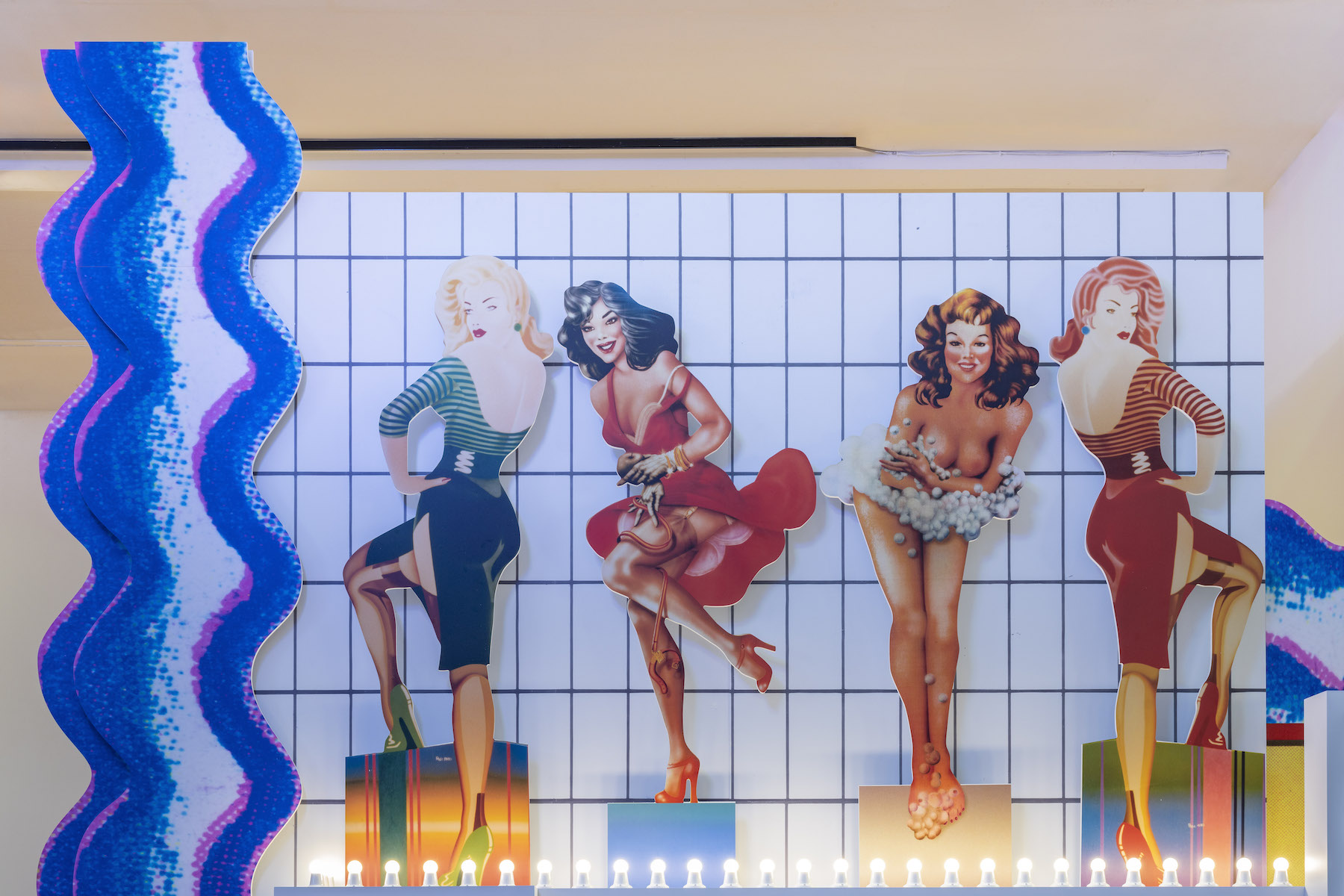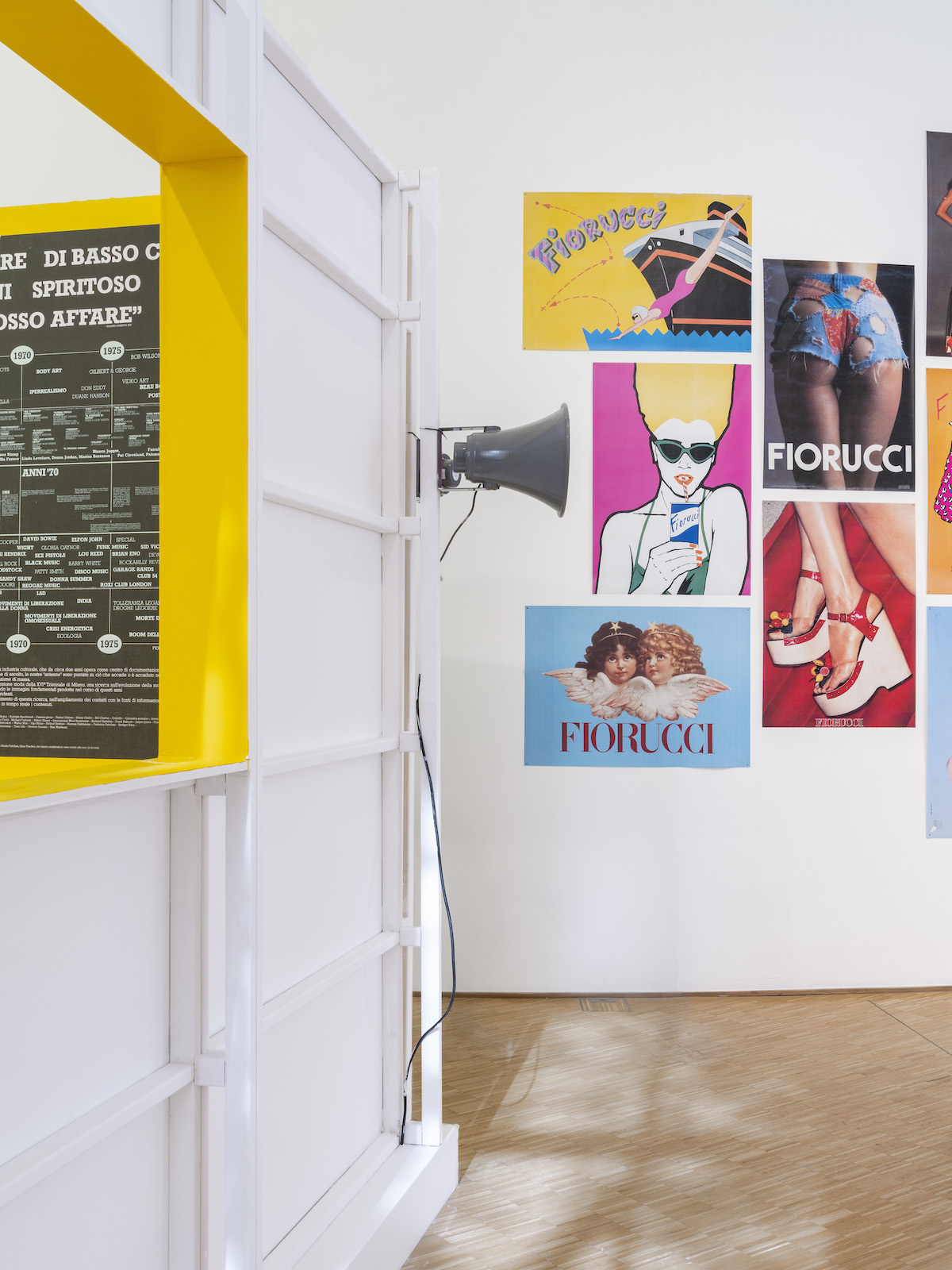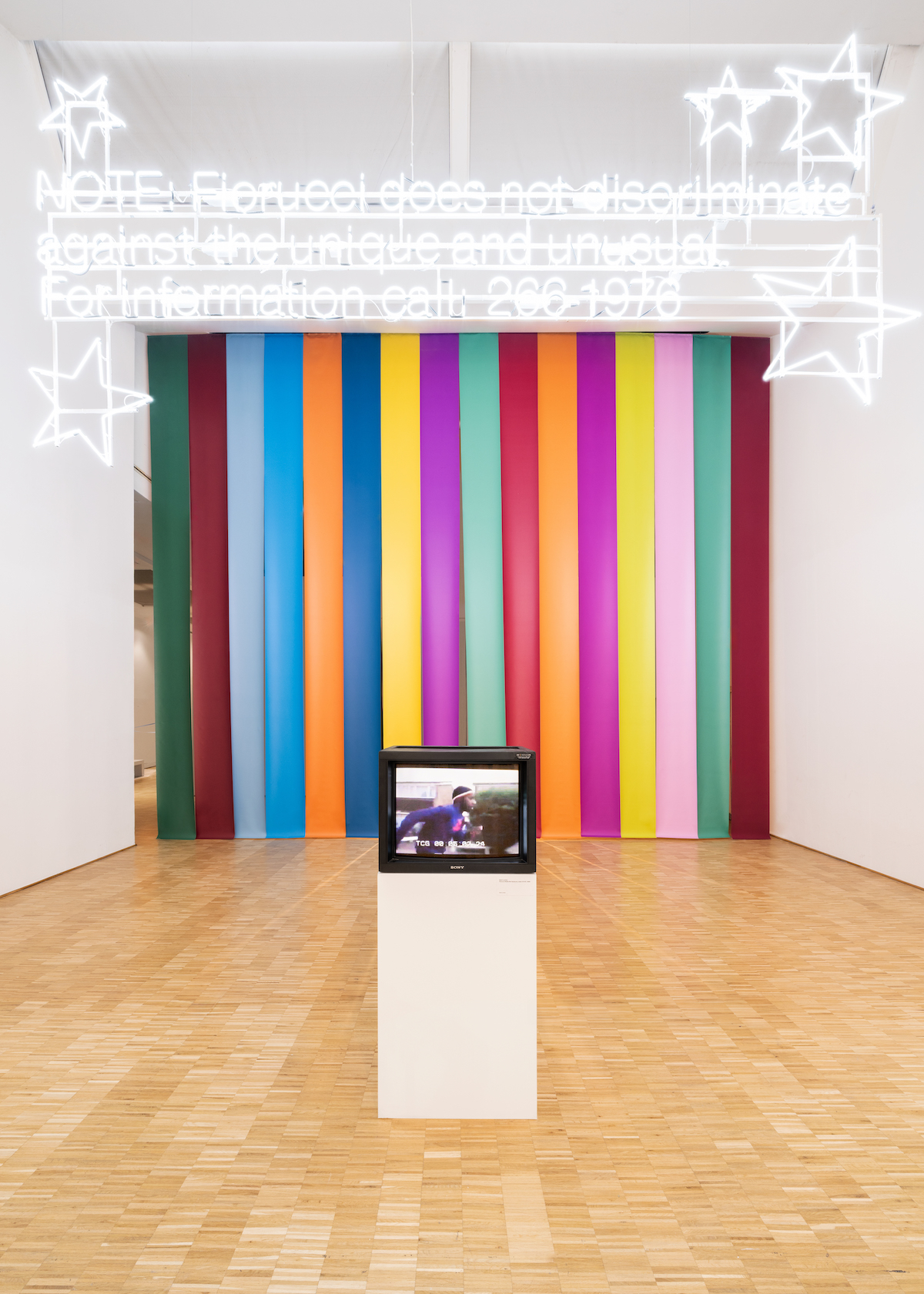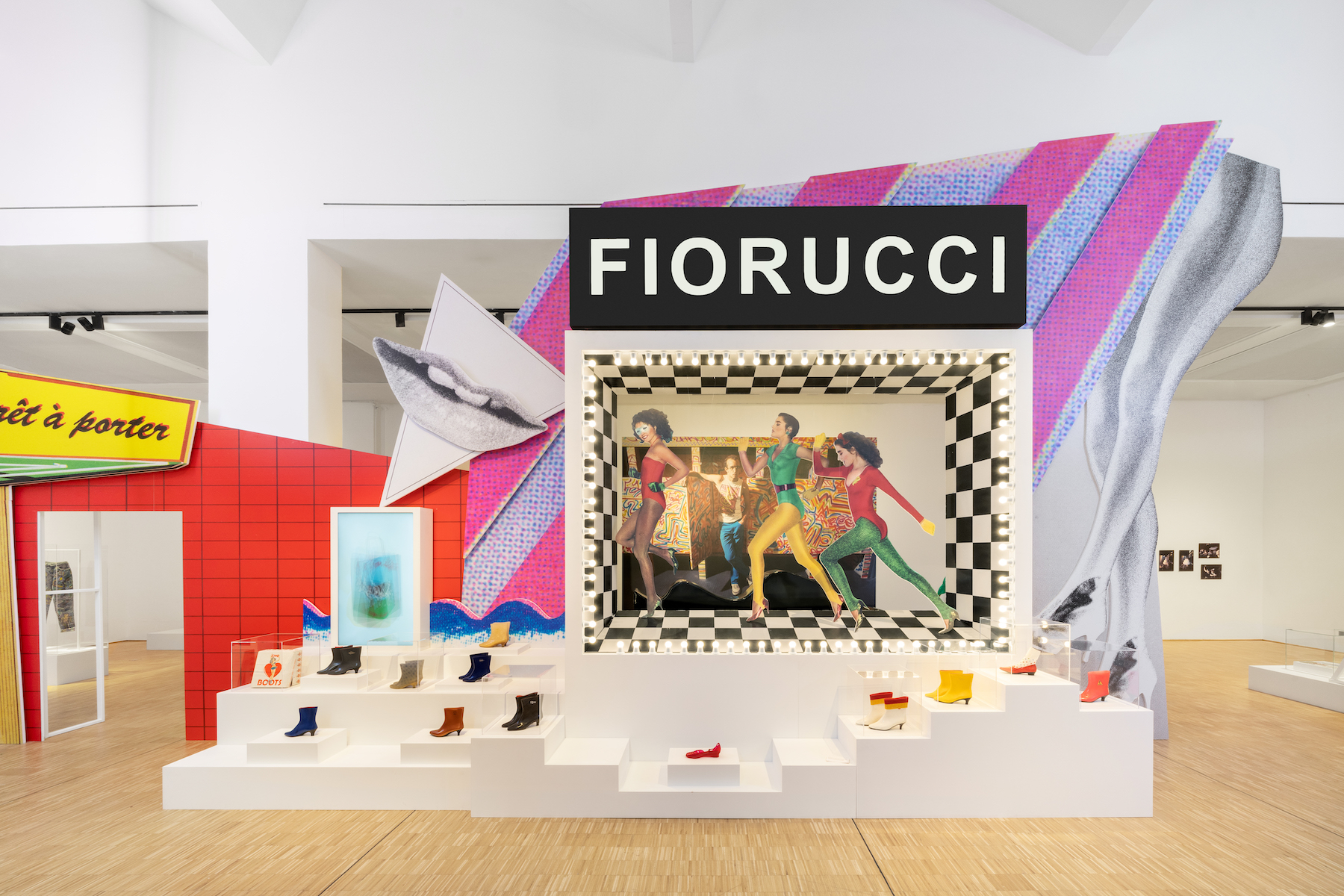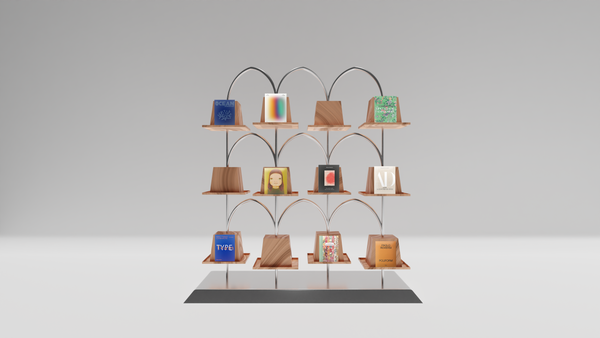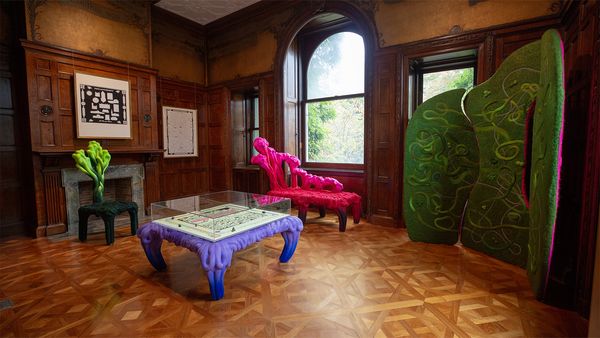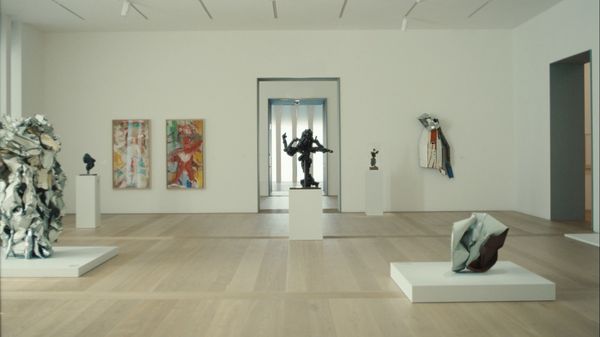
Eleven years after the brand's first shop opened in Milan, in 1978, Fiorucci arrived in Los Angeles and some 3,000 people turned up to celebrate. Navigating the launch party crowds, Andy Warhol wrote at the time, was ‘just like going to Studio 54 on a big night out’. The artist was already part of Elio Fiorucci’s social circle (Fiorucci's New York branch on East 59th Street had become synonymous with club culture two years earlier), and a photograph of the pair on Rodeo Drive accompanies the diary entry at Triennale Milano, where a comprehensive new retrospective of the fashion brand's Italian founder has just opened.
‘I guess the objective was to disentangle the man from the brand,’ says the show’s curator, Judith Clark. ‘We’re in Milan, most people here knew him, knew of him, or their parents knew him, so it's like dealing with a national treasure.’ Described by Marco Sammicheli, Triennale’s curator of Design, Fashion and Crafts, as like ‘a biopic’, ‘Elio Fiorucci’ opens then with a reel-to-reel machine, immediately followed by a riff on the designer’s schoolboy habit of staring out the window: a single child’s desk, stationed before a portal into his future, or the rest of the show. With Fiorucci having maintained during his career that he was a merchant rather than a fashion figure, nearby we learn about his earliest job at Emporio de Pantofole Fiorucci, his father’s slipper shop.
Elio Fiorucci at Triennale Milano
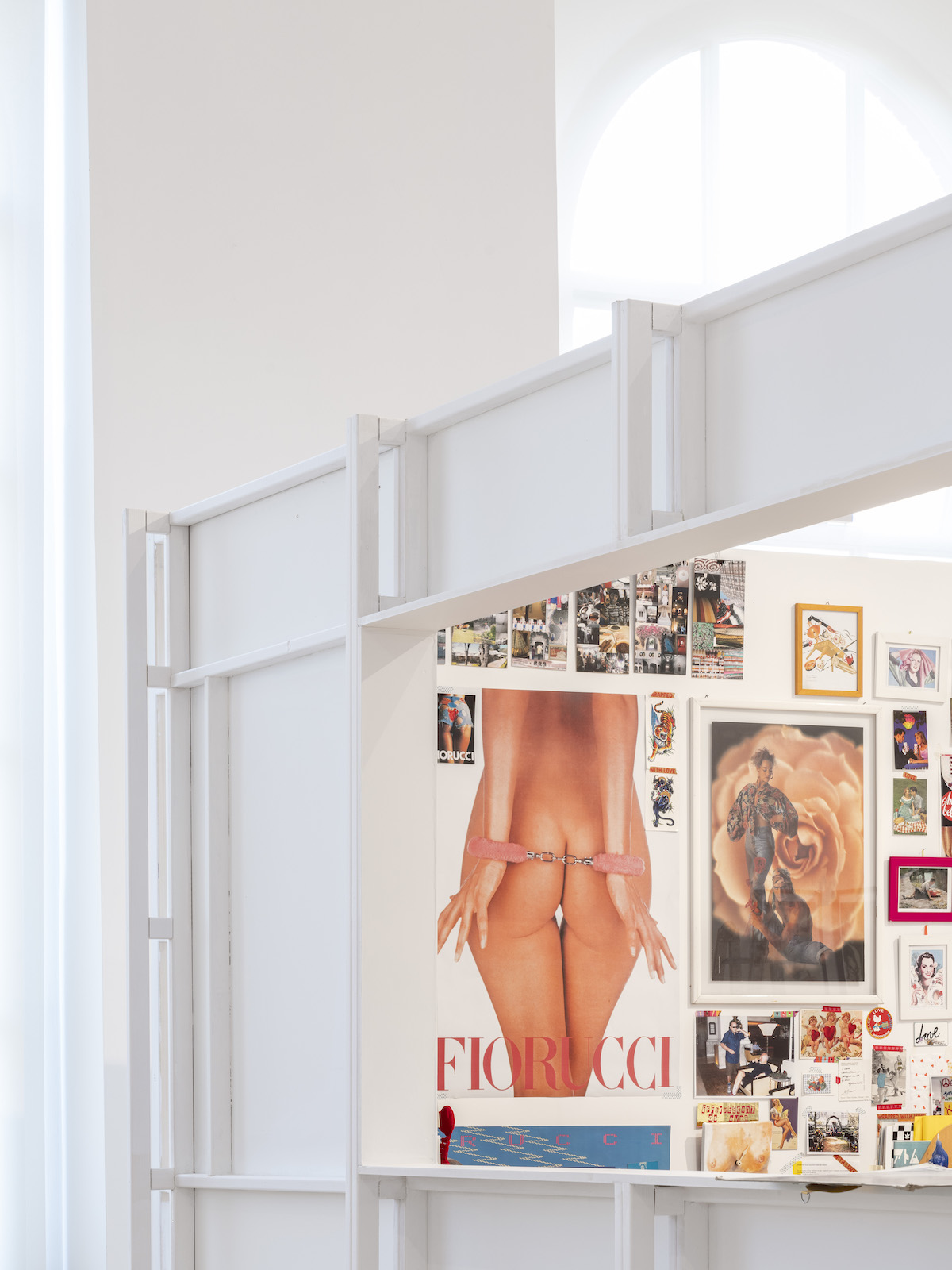
Colour, both literal and figurative, fills the space thereafter, with large-scale photographs and illustrations covering walls and several neon signs overhead. Designed by Fabio Cherstich, the layout’s vivid features echo the attitude and urgency inherent in the brand’s aesthetic and broader DNA. ‘Because Fabio's a sonographer and theatre director, our conversations went along the lines of, “Then who do we meet?”. So it was literally like rehearsing,’ notes Clark, relaying the beats of their collaboration. ‘And we kept the exhibition brief and object list open until the last night, which obviously tests everybody's courage, but felt appropriate – things just kept on coming in.’
Central to this exhaustive survey is Fiorucci’s distinctive branding, and a series of carrier bags, stickers, tins, posters and clothing labels foreground the practice. Elsewhere, photographs from shops, parties and research trips are abundant, and though apparel and shoes feature too, they operate more like cameos. Anecdotes from friends and employees (not mutually exclusive), highlight the significance of the people with whom Fiorucci surrounded himself, to which Eve Babitz pays tribute in a passage from Fiorucci: The Book (1980). ‘The essential genius of Fiorucci,’ she writes, ‘begins with the genius for choosing the right people, offbeat people with the ability to look at an obviously popular idea or thing, send it through outer space and bring it back light years ahead of where it started. That supersonic swerve in interpretation that makes something the rage, not merely popular.’
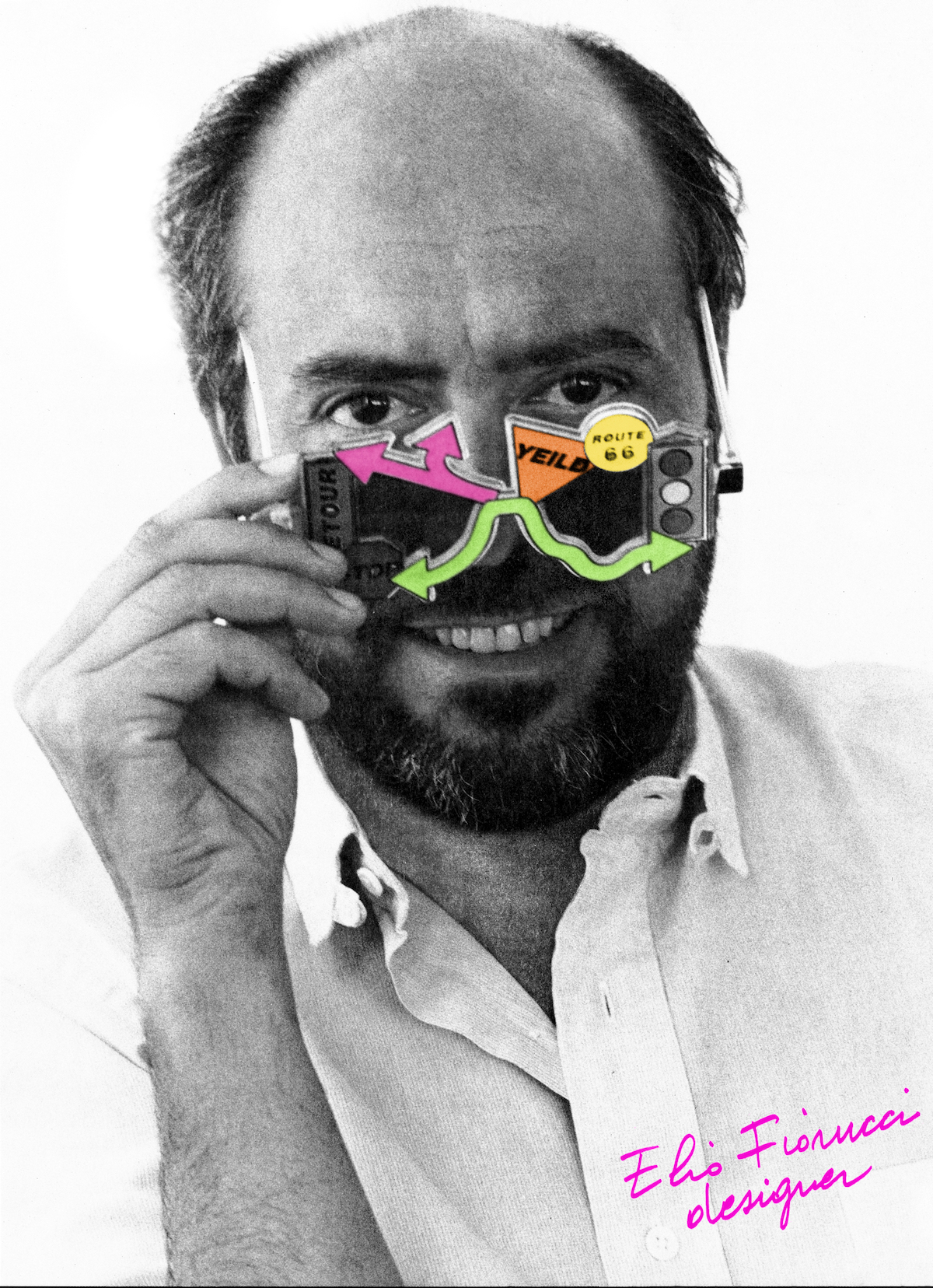
Clark concurs. ‘When he wanted to understand something, he commissioned people to do it,’ she tells Wallpaper*. ‘For example, they had an in-house research department – that's amazing to have in a design house – led by a philosopher, Giannino Malossi. So one of the voices of Italian fashion theory basically [had its beginnings] in this research department, creating exhibitions and publications, really amazing projects that are still prescient. Those are his books on the table.’
While Fiorucci’s adventures in New York and London shaped the vision for his first stores (on Carnaby Street and the King’s Road, much homage was paid to Biba and Vivienne Westwood, in particular), his hometown and relationship to it was a core part of the brand’s genesis, explains Clark. ‘Milan as a city is key, because he's creating spaces within a city that he describes as drab,’ she says. ‘There's a backdrop of political unrest; the city is not living a heyday, so it’s something he works with and against, creating brighter realities. He's always going towards a kind of brighter future. And he loves Victorian kitsch; all of these things that are about elsewhere, come in and sort of feed into the idiom.’
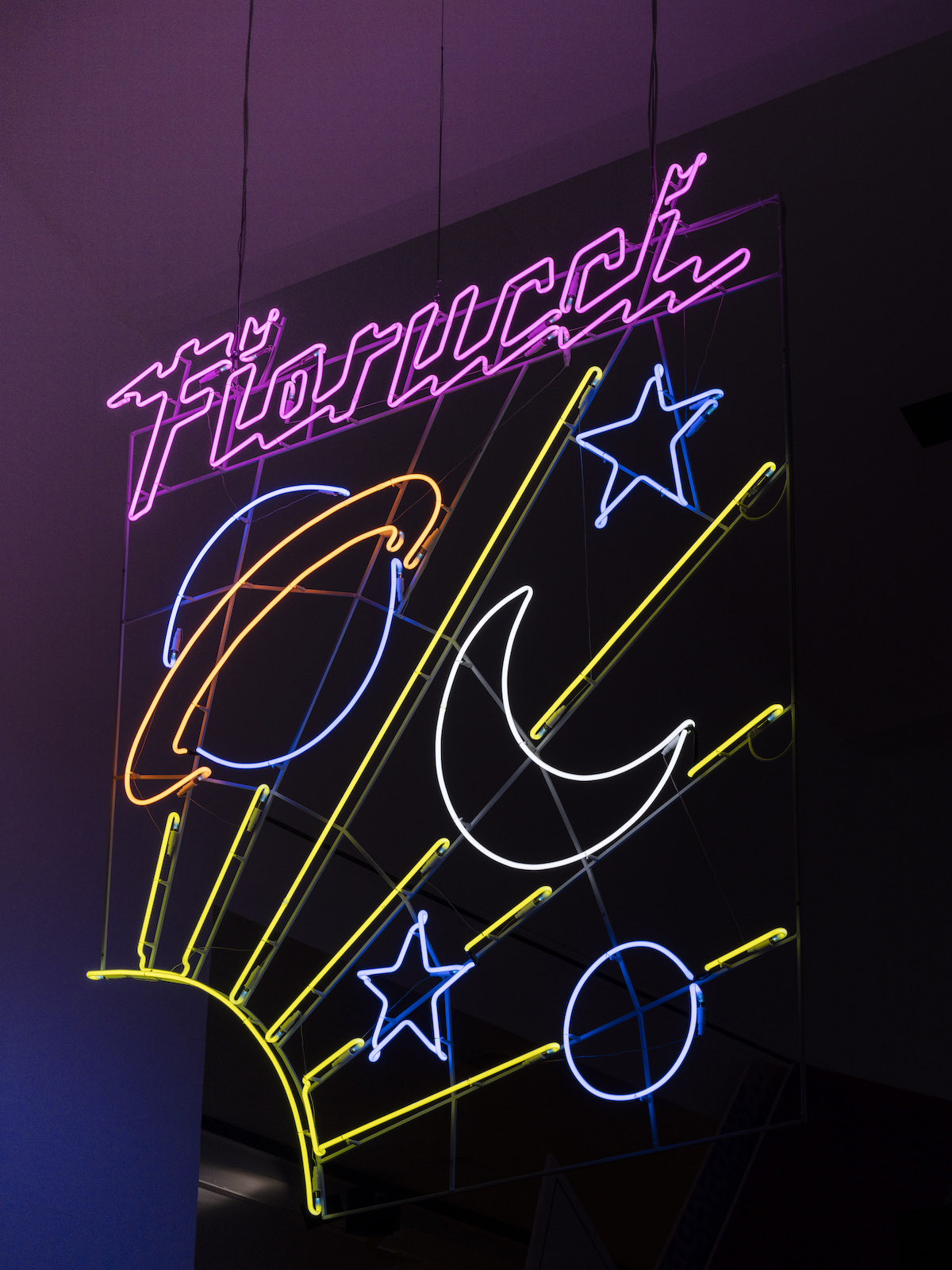
This curiosity is most keenly felt in a recreation of the designer’s office, a bright and busy scene decorated with imagery to the point of camouflage: walls are masked by postcards, paintings and photographs, magazines and toys take over the desk, and a rail of patterned garments further infiltrates. Leaning into the wider show’s florid sensibility, that it spills with ephemera speaks to the curator’s understanding of the Fiorucci phenomenon. ‘Some objects we don't have the information around,’ shares Clark, recalling how she and Cherstich sought to communicate the archive. ‘But we were really on the side of having this open forum: sometimes there’s an anecdote, a caption, and sometimes an object has to do the work. Fiorucci didn't like school, so it'd be terrible to tell people what to think.’
‘Elio Fiorucci’ runs at Triennale Milano until 16 March 2025.
